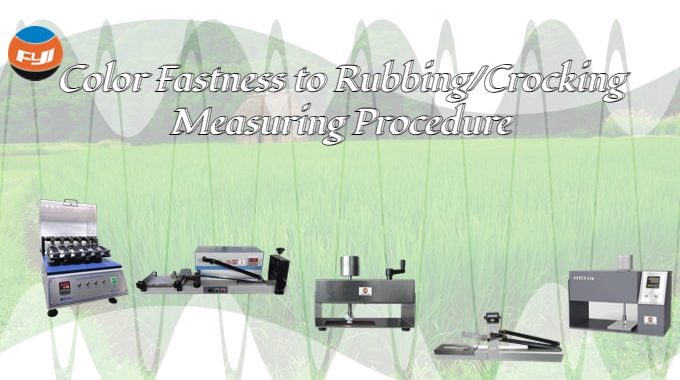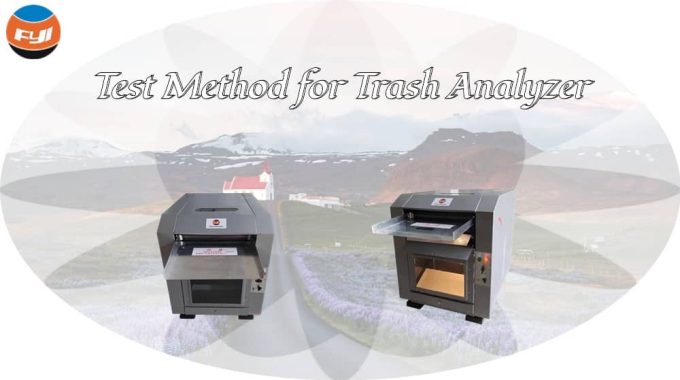TEXTILE TESTING PHYSICAL PROPERTIES
In order to control the quality of textile products, the manufacturers of textile fabrics need to be more strictly in the production process. Today we will tell you some physical properties for Textile testing instrument:
Textile testing physical properties including: Textile density, yarn count, yarn gram weight, yarn twist, yarn strength, fabric structure, fabric thickness, stitch length, fabric cover, fabric shrinkage or woven shrinkage, Yarn tensile strength, tear strength and seam slippage, adhesive strength, single yarn strength, yarn linear density, crease recovery test, water repellency test, softness, elasticity and resilience, permeability, water vapor performance, general garment combustibility, children night combustibility, burst strength, abrasion resistance test, pilling resistance etc ….
Let us know each meanings of each name :
Yarn count: The thickness of the yarn which is defined by Ne. It is defined as a multiple of 840 yards of the length of a one-pound cotton yarn at 9.89% of the time.
Yarn Density: The number of threads per inch of yarn.
Yarn gram weight: An ounce of weight per square yard or weight per square meter.
Yarn Tensile strength: The force used to stretch a fabric of a certain size at a constant rate to the breaking point is the tensile strength measured. The tensile strength test has the grab method and the strip method. Customer can select the specific test method according to different test standards.
Tear strength: A certain size of sample which is clamped on the tear strength tester. Specimen should be clamped at the central position of clamp. And the long edge of specimen should be parallel to the top edge of clamp. Tear strength tester adopting pendulum fall way to cut the sample.
Seam slippage: A certain fabric sample will be folded and then stitching along width direction. Cut it after a certain distance away from the joints . The force that is stretched at a constant rate to the opening of a certain suture is called Seam Slippage strength.
There are two ways to determine Seam Slippage. Customer can select the specific test method according to different test standards
Slippage is generally used for the testing of woven fabrics.
Bursting strength: In a certain condition, a flat fabric is added to a suitable Angle with an expansive force. Until it breaks, the force is bursting strength.
Wear-resisting: Under the certain pressure, Sample which is installed in the sample holder and standard friction cloth will be fricted under certain pressure. Until the fabric has the number of broken yarn or holes . The number of abrasion at the end of the experiment which is the wear-resistance value .
Pilling Resistance: Fabrics sample under certain conditions and certain amount of time will fuzzing and to pilling. We watch its surface pilling,
Fuzzing refers to the tufts of fiber tangled in the fabric on the surface of the fabric.
Pilling refers to the fabric surface fiber roughness and (or) fiber fluff.
The pilling grade of the fabric is assessed by the comparison of the grey scale
If you want to know more detailed about textile testing equipment .please send email to [email protected]
Comments are closed.



Thanks Totally helps!